Standard Dollar Bill Size
$1 Dollar Bill
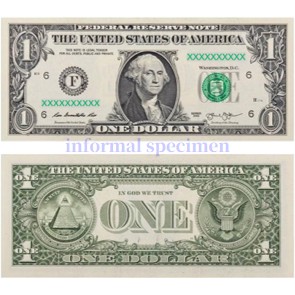
$2 Dollar Bill
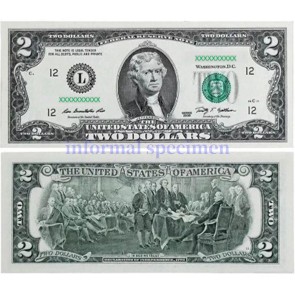
$5 Dollar Bill
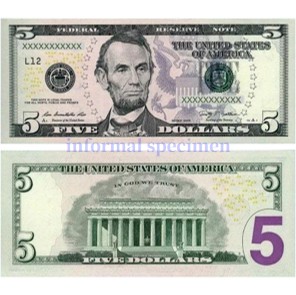
$10 Dollar Bill
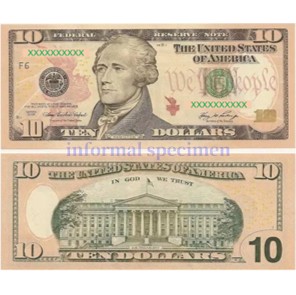
$20 Dollar Bill
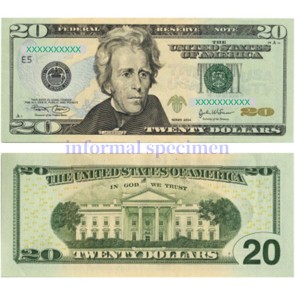
$50 Dollar Bill
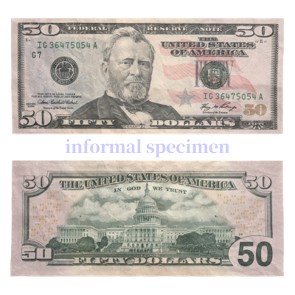
$100 Dollar Bill
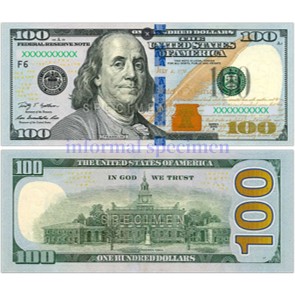
About Standard Dollar Bill Size
How is the size of US dollar bill defined ?
1. The Historical Reason for Standardization.
Before 1928, U.S. banknotes were much larger (approx. 7.375 × 3.125 inches) and their sizes even varied slightly by denomination. This changed due to several key reasons:
A. Cost Reduction: The federal government realized it could save millions of dollars per year on paper, ink, and printing costs by making the bills smaller. A smaller note uses fewer raw materials.
B. Production Efficiency: Standardizing the size for all denominations streamlined the printing process. The same machinery, cutters, and presses could be used for every bill, increasing output and reducing complexity.
C. Public Convenience: The smaller size was more practical for the public to carry and handle. The old "horse blanket" sized notes were cumbersome to fold and fit into wallets and pockets.
2. The Official Regulation.
The specific dimensions are codified in the Code of Federal Regulations (CFR), which contains the detailed rules enacted by federal agencies.
A. Authority: Title 12, Chapter II, Subchapter A of the CFR is dedicated to the "Authority and Issuance of Currency" by the Bureau of Engraving and Printing (BEP) under the Department of the Treasury.
B. The Specific Rule: 31 CFR § 601.4 (under the Department of the Treasury) explicitly states the dimensions: "The dimensions of the currency are 2.61 inches by 6.14 inches."
This regulation is the official, legal definition of the size of U.S. currency.
3. The Design and Production Process.
The Bureau of Engraving and Printing (BEP) is the agency responsible for executing this regulation. The size is a critical foundational element in the design process:
A. Sheet Layout: U.S. currency is not printed one note at a time. It's printed on large sheets of special paper (composed of 75% cotton and 25% linen) that contain 32 individual notes per sheet.
B. Precision Cutting: After printing, these large sheets are precisely guillotine-cut into the 32 individual bills. The defined size of 6.14" x 2.61" ensures that every note from every sheet is identical, allowing for uniform packaging and processing.
C. Machine Compatibility: The standardized size is crucial for automated processing. Every piece of equipment—from the high-speed printing presses and cutting machines at the BEP to the sorting, counting, and authentication machines used by the Federal Reserve and commercial banks—is engineered to handle this exact dimensions. Changing the size would require replacing trillions of dollars worth of machinery worldwide.
4. Security Implications.
The size itself is a minor security feature. While the advanced features are color-shifting ink, watermarks, and security threads, the precise and consistent size is expected by the public and financial institutions. A note that is even a millimeter off would be immediately suspect and likely rejected by automated processing equipment, helping to identify crude counterfeits.